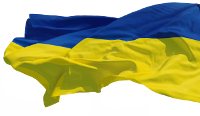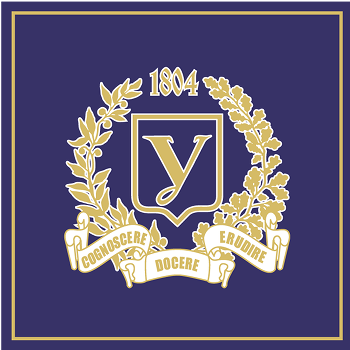Куяльницький лиман
- 2017-3-4-:28
Assessment of volume of the Kuyalnyk estuary subaqueous feeding with groundwater
Purpose. To study hydrodynamic prerequisites of forming and to assess the volume of subaqueous discharge of Upper-Sarmatian aquifer into the Kuyalnyk Estuary. Objects and methods. Hydrodynamic model determining changes in direction and volume of exchange between groundwater and surface water of estuary based on the ratio of levels (pressures) has been taken as the methodological basis. Results. It has been established based on many years’ hydrogeological and hydrological observations (1950 - 2016) that water exchange between groundwater and surface water of the estuary, depending on changes of hydrogeodynamic conditions with time, is characterized by both up and down flows. The results of calculation of specific discharge of water exchange between Upper-Sarmatian aquifer and surface water of the estuary show that after a long (30 - 40 years) period of water down filtration from the estuary just after mid-90th of last century a slow process of estuary refilling with groundwater started. As of 2016, the subaqueous constituent of the estuary ground feeding makes around 20% of the total water volume in the estuary. Conclusions. Assessing water balance of the Kuyalnyk Estuary, together with traditional factors forming its hydrogeological regime (atmospheric precipitation, river discharge, surface run-off and evaporation), one should take into account spatial and temporal changes in subaqueous constituent of the estuary groundwater feeding.
- 2017-1-2-:27
Phytoplankton of the Kuyalnik estuary in 2015 – 2017
The sharp change in the salinity of the Kuyalnitsky estuary in the second half of the twentieth century. Caused a significant reorganization of its ecosystem, which led to loss of fishing, deterioration of the quality of water. At the beginning of the XXI century the study of the Kuyalnitsky estuary biota, which exists in hypergalian conditions, was unsystematic, so information on the quantitative characteristics of phytoplankton and its distribution in the estuary is extremely limited. Purpose. To obtaining detailed information about current composition and quantitative characteristics of phytoplankton species in the estuary during the period from March 2015 to March 2017, i.e. when influenced by the transfer of sea water from the Odessa Bay. Methods. Concentration of the collected samples was done by sedimentation method. The samples collected during microalgal blooms have not been concentrated. Results. The phytoplankton was monodominant all over the estuary in 2015 – 2017 due to development of Dunaliella salina (Dunal) Teodor., which was presented by two different life forms. Some water samples contained benthoplankton species of diatomic algae, as well as Chlorophyta and Cyanobacteria. During the period of study algae blooms of D. salina was registered in 36 water samples; some cases of Bacillariophyta and Chlorophyta blooming were observed as well. During the period 2015-2017 the total number of phytoplankton species in the northern and central part of the estuary reached 23; in the southern part 69 species were registered. Conclusions. It has been established that phytoplankton of Kuyalnik Estuary can quickly adapt to salinity reduction caused by the filling of the estuary with sea water, which is one of the reasons of frequent algal blooms in 2015-2017.
Ключові слова:
- 2017-1-2-:27
Biological consequences of Kuyalnik estuary filling with marine water from Odessa
One of the main reasons for the necessity of our study was the fact that previous researchers used only model experiments on the impact of dilution of sulfuric mud on seawater and did not take into account in their conclusions the fundamental foundations of the functioning of ecosystems, such as the cyclicity of the salt and hydrological balance and the cyclic functioning of biocenosis in Ecosystem of the estuarine complex.Purpose. Revealing of real biological consequences of the Kuyalnik Estuary filling with big amounts of marine water in 2014-2016. Methods. Standard methods of hydrological, hydrochemical, hydrobiological and microbiological studies. Results. Based on the comprehensive studies the analysis of dynamics of the Kuyalnik Estuary ecosystem’s main physicochemical and hydrobiological characteristics has been performed, first of all of species composition, abundance and biomass of phytoplankton, bacterioplankton, zooplankton and concentrations of photosynthetic pigments. It has been shown that the studied biological characteristics have seasonal variations, the main reasons of which are changes in temperature and mineral content of the estuarine water, as well as the cases of gypsum sedimentation observed in summer of 2015 and 2016. Conclusions. Feeding of marine water did not achieve the expected result of stable estuarine water freshening, but worsened the situation with the unique biocoenosis. The current methodology of the estuary refilling with marine water causes negative consequences, which aggravate with each next feeding of marine water into the estuary and will accrue and entail the irreversible processes and complete degradation of the estuary’s ecosystem. We propose to focus on the restoration of the freshwater flow of the Big Kuyalnik River and the search for other engineering solutions.

